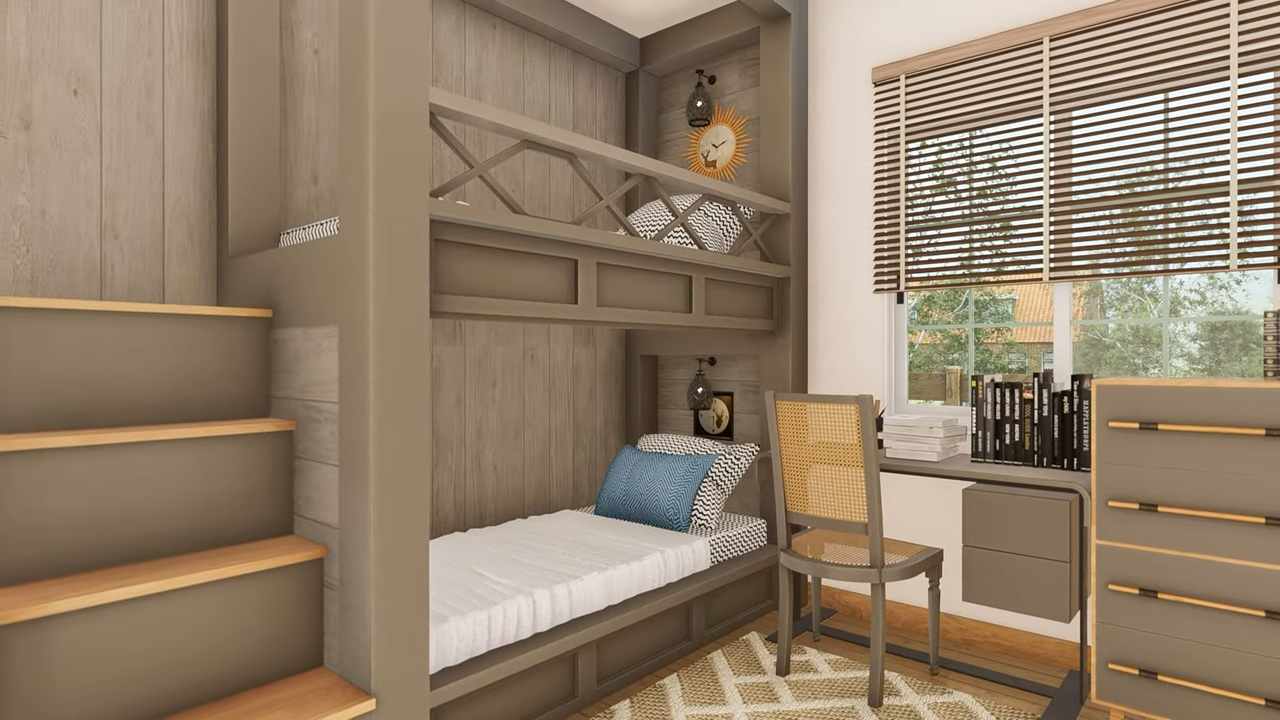Eco-friendly tiny houses can be defined as structures that offer a comfortable lifestyle in a small living space and at the same time minimize negative impacts on the environment. These types of homes promote an environmentally friendly lifestyle by using sustainable materials, energy efficiency, and smart design principles.
First of all, the materials used in the construction of environmentally friendly tiny houses are of great importance. These homes are often built with recycled or reused materials. Environment-friendly materials such as wood, bamboo, and recycled steel are preferred. Additionally, highly efficient and environmentally friendly products are used as insulation materials.
Energy efficiency is one of the cornerstones of eco-friendly tiny houses. Technologies such as well-insulated walls, energy-efficient windows, and heat pumps minimize energy consumption. Additionally, the house can produce its energy by using renewable energy sources such as solar panels or wind turbines. This both reduces energy costs and reduces the negative impact on the environment.
Eco-friendly tiny houses are also designed to save water. They minimize water use by using technologies such as water-efficient fixtures, grey water recycling systems, and rainwater collection systems. This not only lowers water bills but also helps preserve water supplies.
Smart design principles are used to maximize the usable space of tiny houses. These types of homes often include features like multi-purpose furniture, built-in storage solutions, and raised bed platforms. In this way, a comfortable life is provided even in limited space.
Another important feature of eco-friendly tiny houses is their green landscape design. These houses are usually built without damaging the natural vegetation, and the garden arrangements are designed to be in harmony with nature. Additionally, sustainable gardening practices such as organic gardening and the use of compost are encouraged.
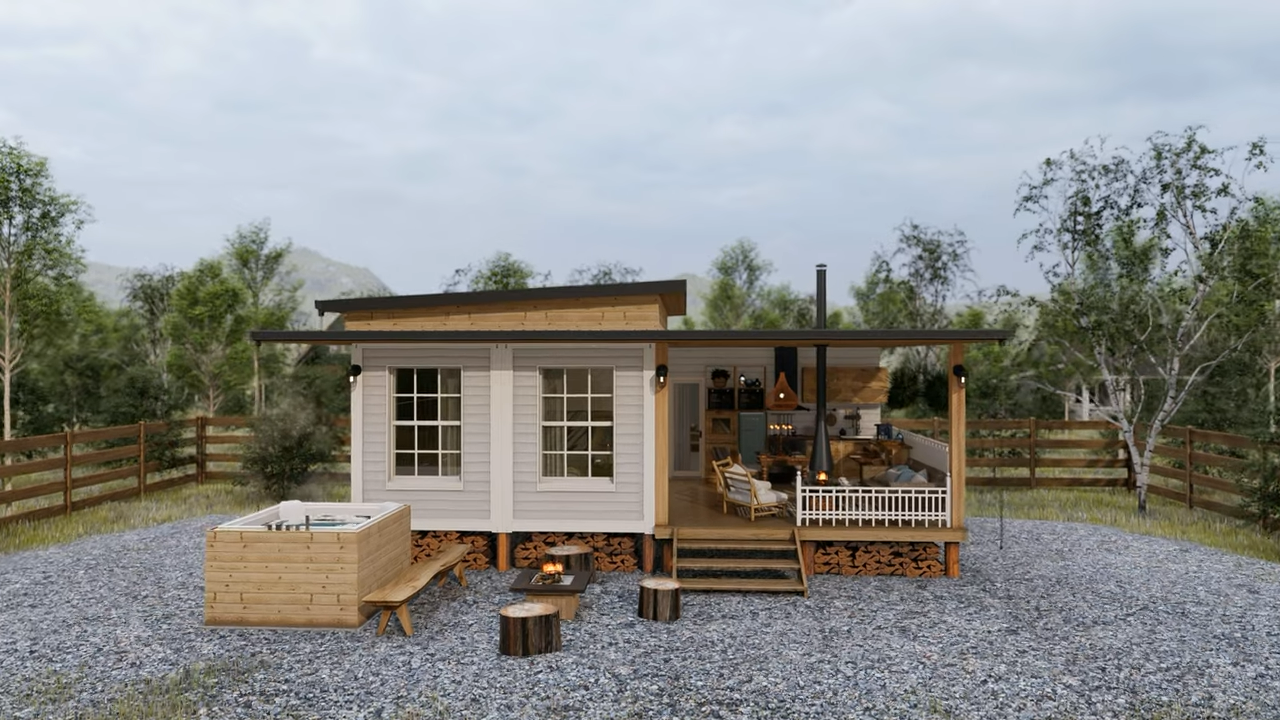
Another important feature of eco-friendly tiny house designs is that they promote sustainable construction practices. Such houses often use local materials to minimize environmental impacts and pay attention to protecting the environment during the construction process. They also take an environmentally friendly approach by adopting waste reduction and recycling practices.
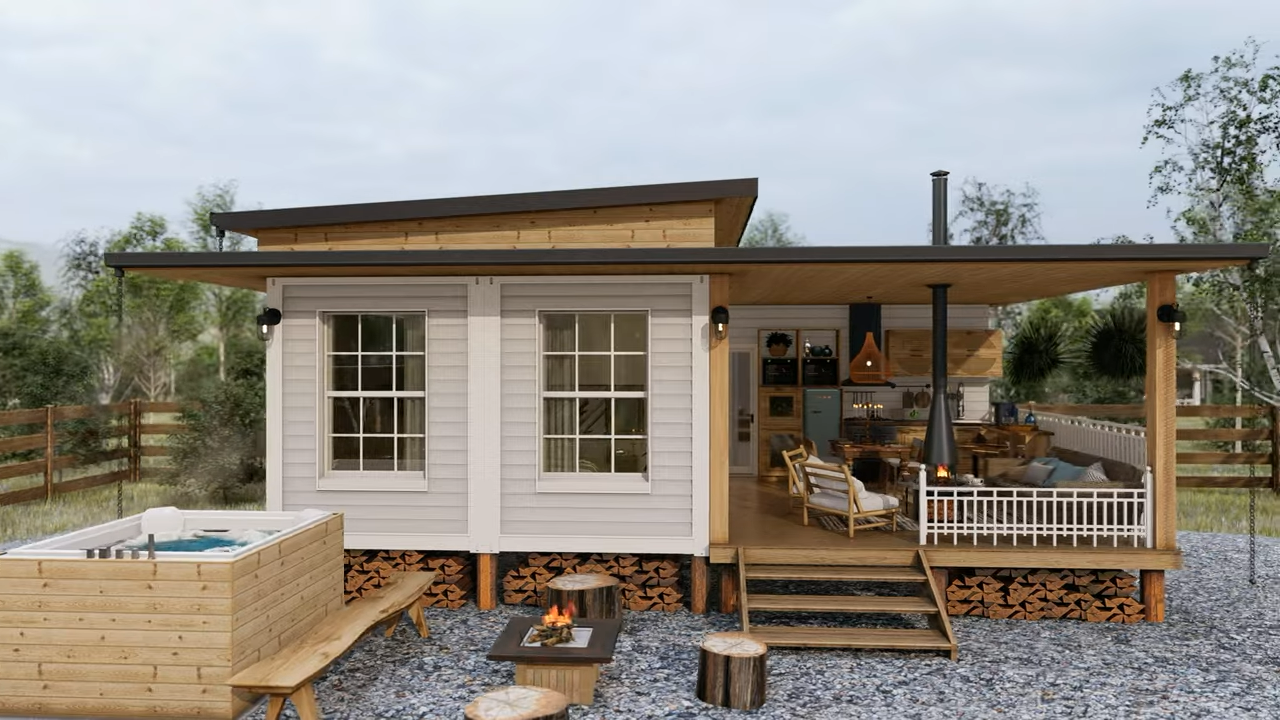


Another striking element in the design of environmentally friendly tiny houses is passive solar heating. This design principle allows the house to use solar energy most efficiently. Large windows and properly positioned windows let in sunlight and naturally promote warmth. In this way, the heating need of the house decreases, and energy efficiency increases.


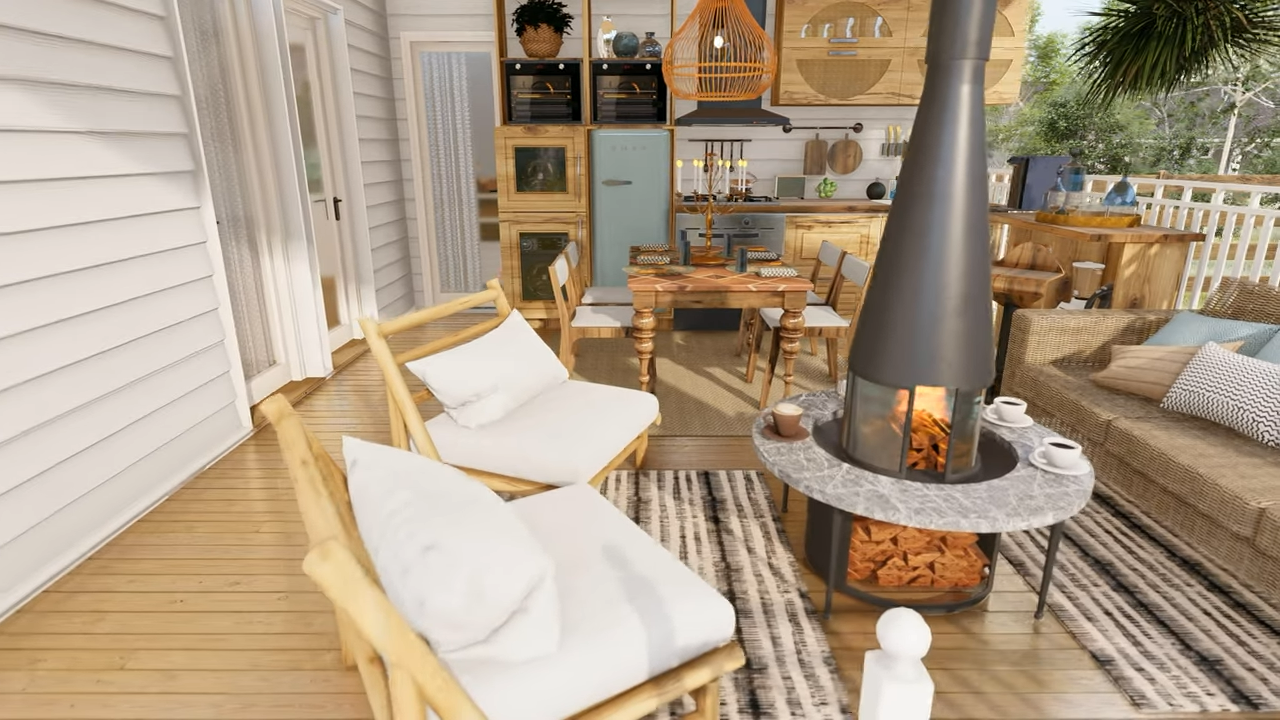
Water conservation is an important component of eco-friendly tiny houses. Gray water recycling systems are frequently used in these homes. Gray water reduces the household’s drinking water use by cleaning and reusing water obtained from wastewater sources such as bathrooms, sinks, and kitchens. Additionally, with rainwater harvesting systems, rainwater can be stored and used for garden irrigation or toilet flushing.
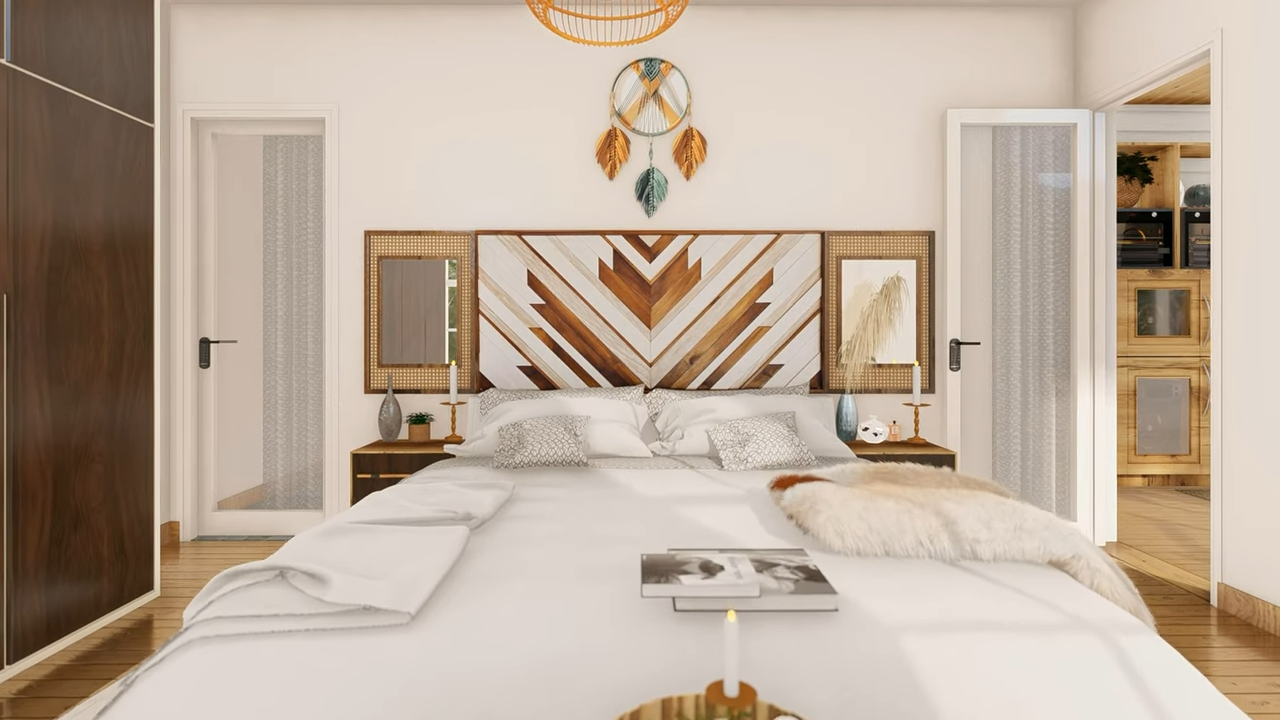
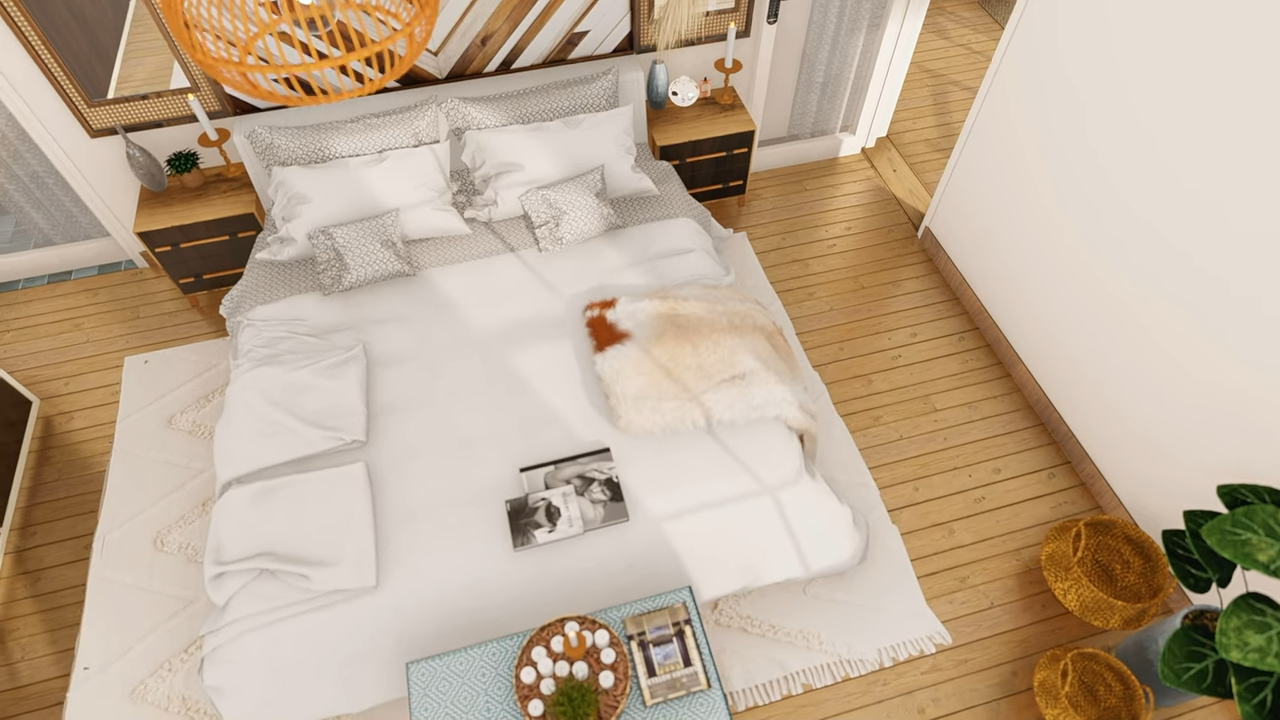
Eco-friendly tiny houses may have features that provide environmental benefits, especially green roofs. Green roofs are covered with vegetation, and these plants help collect water and increase the insulation of the roof. It also creates a green environment by creating extra living space or a garden on the roof.
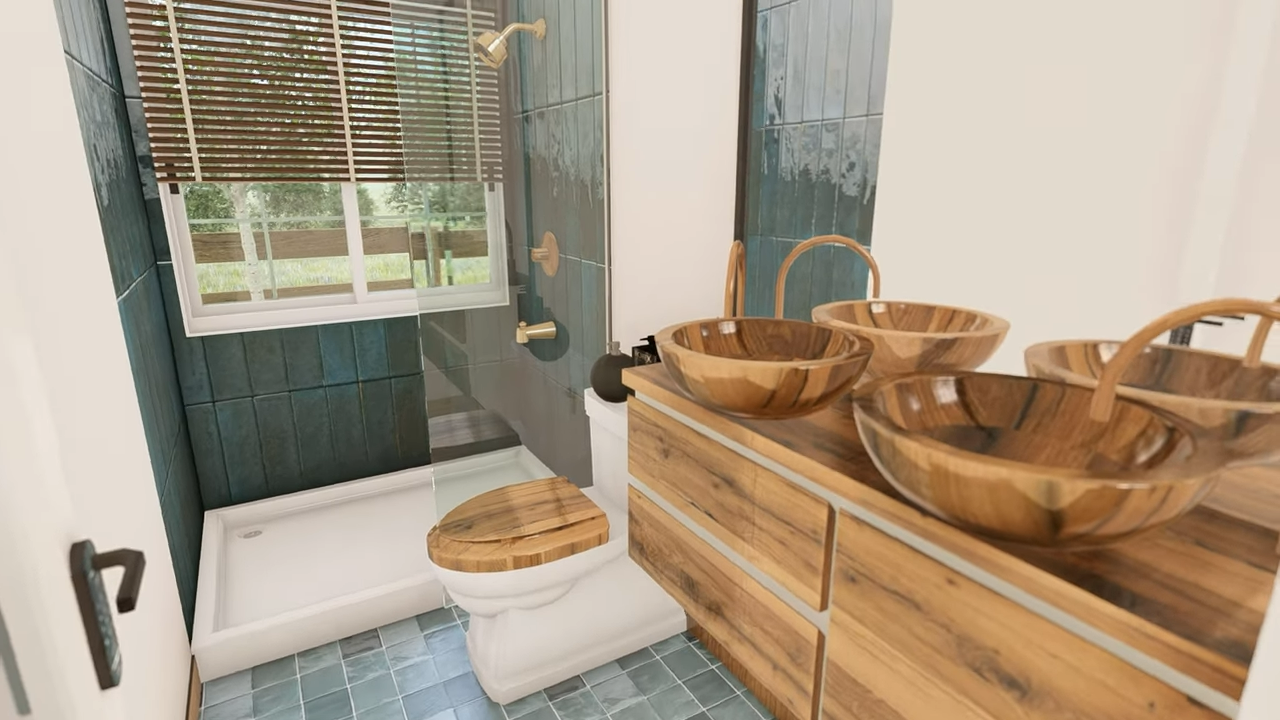
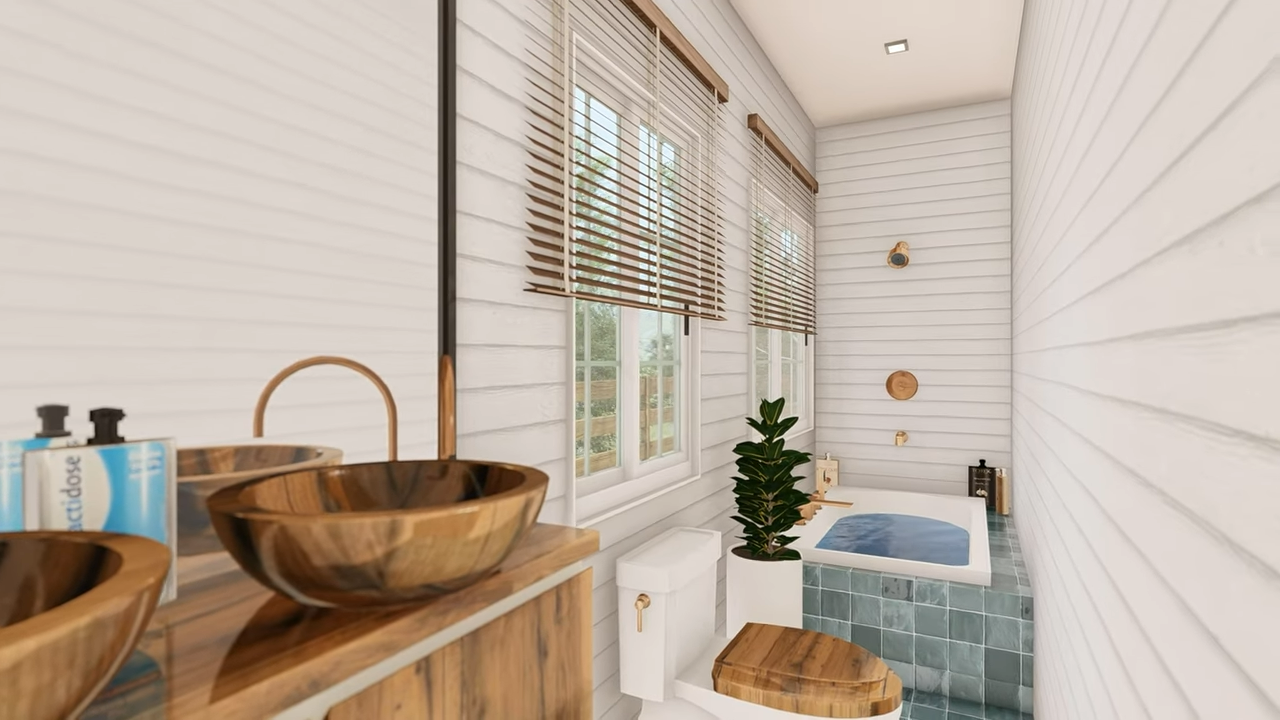
Eco-friendly tiny houses serve as an example for those who want to adopt a sustainable lifestyle. These houses offer their owners the opportunity to live in an environmentally friendly way and offer a comfortable life using only a small area. Therefore, it is expected that more people will be attracted to eco-friendly tiny houses in the future.

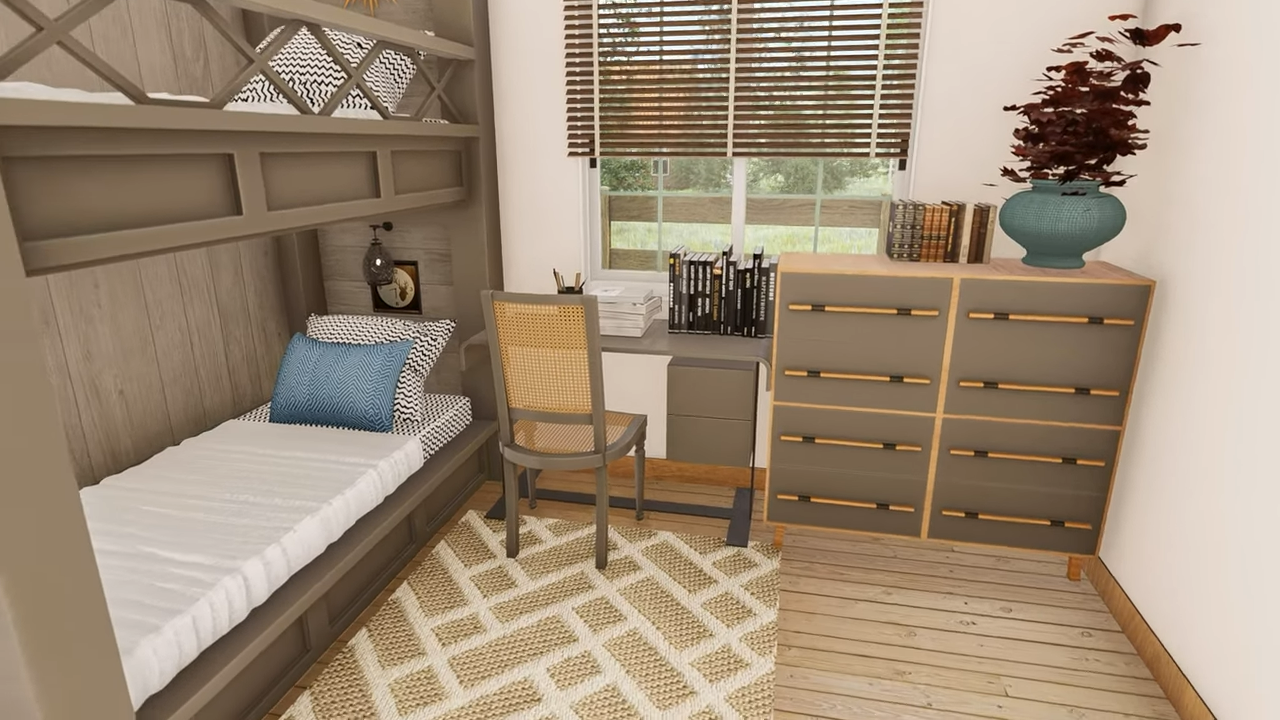
As a result, eco-friendly tiny house designs help reduce the environmental impact of modern life by combining sustainability, energy efficiency, water saving, and environmental awareness. These designs will continue to play an important role as a symbol of sustainable lifestyles in the future. By living in eco-friendly tiny houses, people will find a way to both contribute to the environment and embrace a simple and meaningful lifestyle.
